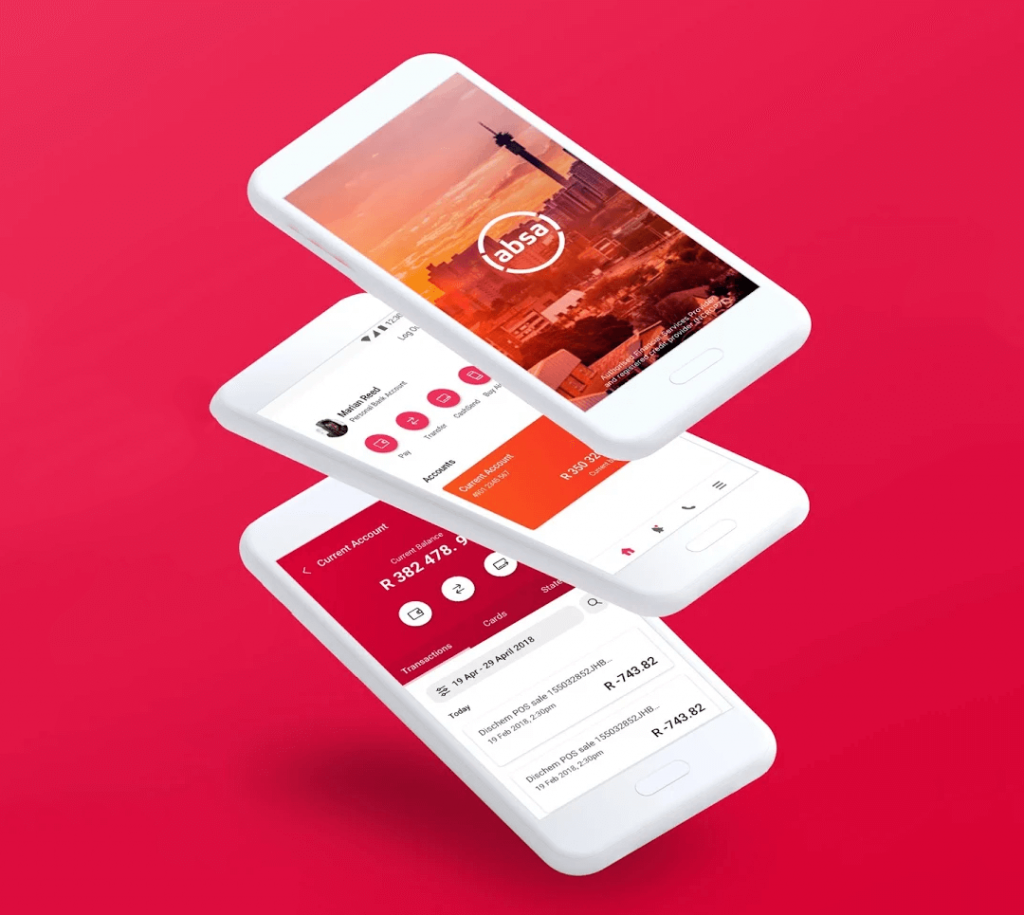We’re inching closer to a future filled with the tech we saw in early-2000s spy movies. Who doesn’t want to open the door to their secret lab using a scan of only their eye? Too far fetched? Maybe not. Now Absa customers can verify payments and log into their mobile banking app using facial biometrics.
While the technology isn’t particularly new, the fact that a local bank trusts the technology enough to use for authentication is admirable. Both iOS and Android devices feature facial biometric scanning technology, but not all of ‘em are created equal.
Absa’s touchless approach
Today, Absa notified its clients of the new verification method via a popup in the app. “Absa ID Facial Biometrics will be available when creating or resetting your password and PIN for Digital Banking,” the message reads.
According to the bank’s head of customer value management, Christine Wu, the “…technology is highly advanced and performs a live check to ensure that the face it is scanning is, indeed, live.”
“Now, customers no longer need to remember a string of logon credentials nor visit a branch when linking devices or when opening new accounts,” says Wu.
Here’s what Absa customers can do using facial verification:
- Link their mobile device
- Change a mobile device
- Make immediate payments in real-time, without having to wait the standard 90 minutes
- Change their digital PIN and password
How facial biometrics work
The bank assures its users that the tech is trusted and will allow for secure logins and payment verifications in-app. What it doesn’t tell you, however, is that biometric tech still relies heavily on the device’s onboard hardware.
iPhones, for example, feature some of the most advanced FaceID 3D facial recognition software found in mobile devices. Many Android devices that feature facial recognition have been easily duped by a 2D picture of a person’s face, seeing as the sensors can’t recognise depth.
When it comes to banking — an industry that should offer especially advanced security features, we’d recommend sticking to the tried and trusted password method — especially if you’re still on an older Android device.




